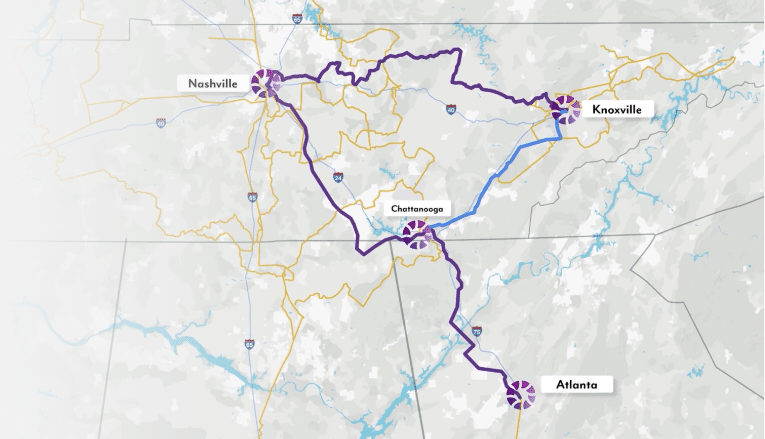
Internet access has much in common with other utilities — it is best served to a city or region, rather than by the street or block, as economies of scale come into play. It is also best maintained as such, so that key delivery conduits and service lines from a jumble of providers do not crisscross in the ground or in the air. There is also a very clear “sweet spot” for Internet access where a certain number of providers in a region balances the benefits of competitive pricing against the cost of lost economies of scale from a functional monopoly.
These characteristics serve as evidence that Internet access should be treated like any other public good in the 21st century. Few, at this point, would argue that regulatory limitations currently in place that limit the ability of municipal utilities to offer service are there for any other reason than to protect the interests of large national firms that have invested — to a degree — in serving outlying areas.
But that simplistic argument — that pipes in the ground are best limited in number so as to ensure order in the public service grid — ignores the contents of those pipes, and it is here that the argument in favor of greater municipal control actually falls short. Electricity, gas, and water have been shown over the course of the past century to have mature demand volumes in established residential and industrial zones — a paper mill will use this much water per annum, a print shop this much electricity, a residential block this much gas. Planning and management for these utilities is an exercise in matching supply to demand with established norms.
Now imagine if gas demand had grown fivefold in a stable population over the past five years, and threefold in the past three. Imagine if water usage was projected to grow by nearly 25 percent per year, year after year, in a stable population. These are the statistics for global IP traffic demand, as reported by Cisco in the most recent Visual Networking Index. The need for Internet bandwidth, in both consumer and business settings, grows with every quarter, making it imperative to plan a municipal delivery infrastructure that can deliver what a given population will need in 2016, 2026 and 2056, while still ensuring meaningful utility cost savings today.
Take this challenge into account, and the need becomes clear for more than revision to Tennessee’s laws. As a state, we must decide what role Internet access plays in connecting our rural communities to the global engine of economic knowledge-worker growth. In particular, we must revisit our long-held beliefs as to which public and private entities are best able to deliver services like this — services without comparative norms to look to for guidance — at prices and service quality levels that make sense for all parties involved.
The ecosystem of providers required to deliver broadband services is extensive. There has been and continues to be a tremendous amount of collaboration taking place within the rural communities to close the digital divide. These stories and projects need to be discussed and emulated. Considered correctly, we will see Tennessee positioned to lead the South, and indeed our great nation, in economic opportunity and growth for decades to come.
Original article posted here: http://archive.knoxnews.com
About iRis Networks
We deliver the fiber-based, next-generation network and infrastructure businesses need. We’re bringing ultra-high-speed voice, data and Internet solutions to over 250 communities, reaching across Tennessee and parts of Alabama, Georgia and Kentucky.


